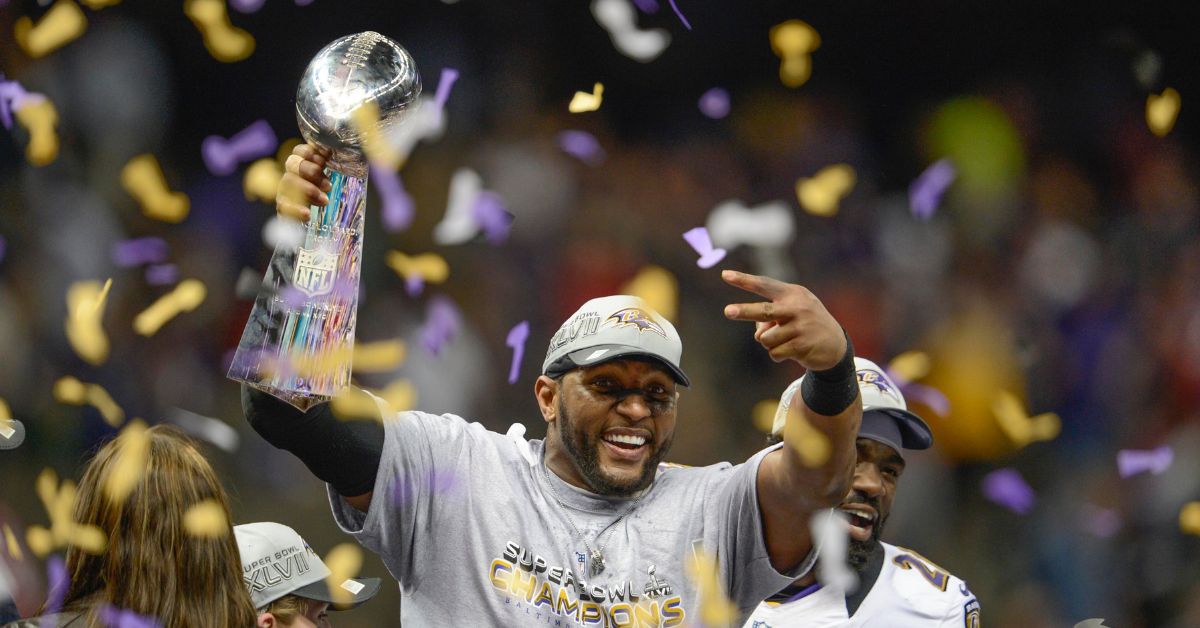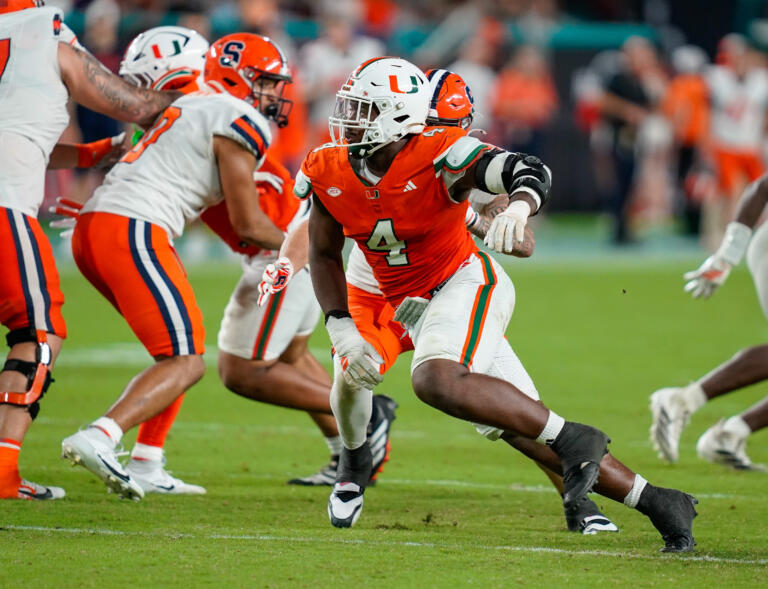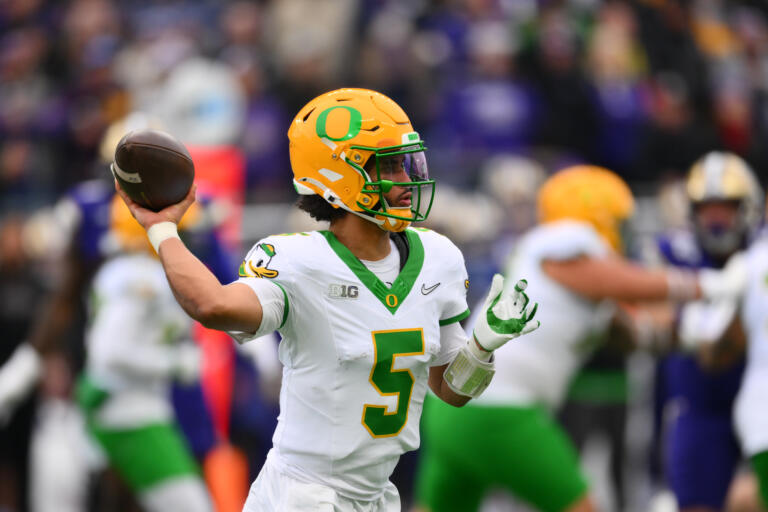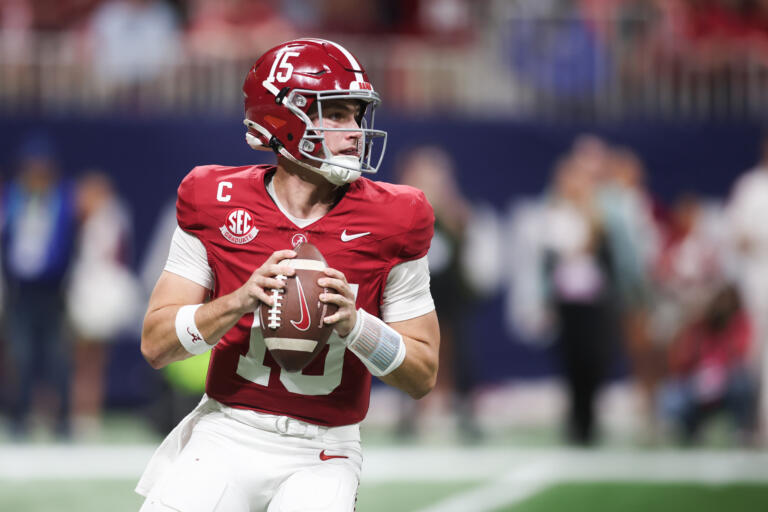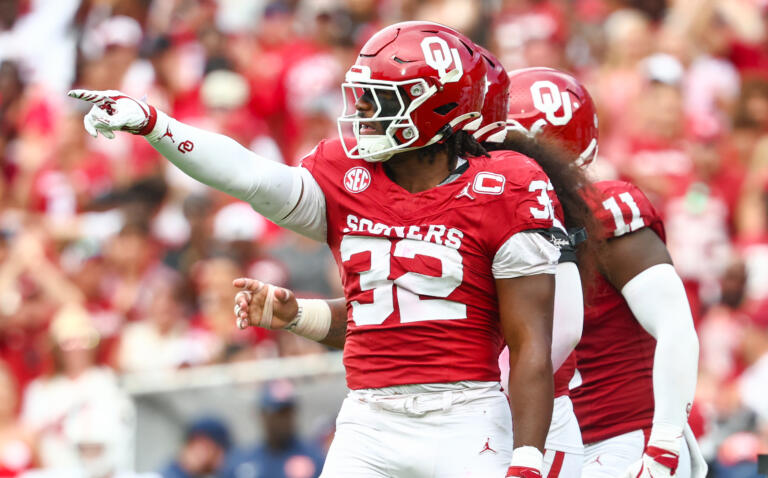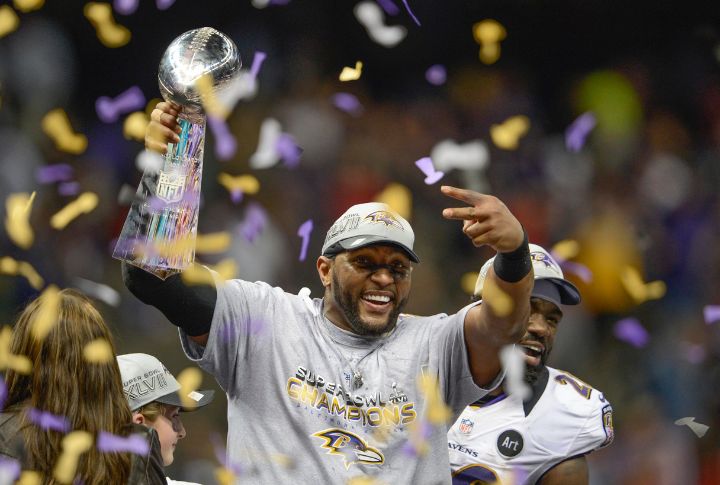
During his 17-year illustrious career, Ray Lewis brought an unmatched intensity to the Baltimore Ravens that set the NFL on fire. His impact went beyond stats; his determination on and off the field turned defense into one of the greatest the league had ever seen. Here’s how Lewis led the Ravens to NFL glory.
The Beginning of a Legend

After joining the Baltimore Ravens in 1996, Ray Lewis quickly made his presence known by earning AFC Defensive Player of the Week in his first game. His remarkable ability on the field immediately energized the Ravens’ defense. From the beginning, his stature laid the foundation for what would become one of the NFL’s most feared defensive units.
Building a Fearsome Defense

Ray Lewis took command of the Ravens’ defense, turning it into a powerhouse. His dedication to studying opponents and relentless work ethic pushed his teammates to reach new heights. The Ravens soon became distinguished for their hard-hitting and unforgiving style of play, with Lewis orchestrating every move.
The 2000 Championship Season

In 2000, Ray Lewis led the Baltimore Ravens through a historic season where their defense was nearly unbeatable. The Ravens allowed only 165 points across 16 games, the fewest in NFL history. Lewis’s influence was central to the defense’s success, which also posted four shutouts and carried the team to a Super Bowl triumph.
Dominating Super Bowl XXXV

Super Bowl XXXV was a defining moment for Lewis and the Ravens. They dominated the New York Giants, winning 34-7. Lewis’ impact on the field, both physically and mentally, earned him the MVP title. The defense, led by Lewis, overwhelmed the Giants, securing Baltimore’s first Super Bowl victory and cementing Lewis’ place in NFL history.
A Legacy of Leadership

Lewis inspired everyone around him. Nicknamed “the general” for his commanding presence on the field, his intense preparation, unwavering commitment, and motivational aura in the locker room reshaped the Ravens’ mindset. Teammates looked up to him as the emotional and tactical leader who pushed the team to perform.
Overcoming Adversity

The years following the Super Bowl success weren’t without challenges. Injuries and tough seasons tested the Ravens, but Lewis remained their guiding force. His resilience and ability to keep the team focused on long-term goals helped them bounce back from setbacks. Notably, the defense continued to thrive under his command.
A Player With a Coach’s Mind

Known for his extraordinary football IQ, Lewis could read offenses and make real-time adjustments on the field. His instincts allowed him to anticipate plays before they happened, making him a critical asset to the team. Coaches relied on him to act as an on-field strategist and lead the defense precisely.
The Heartbeat of Baltimore

The bond between Baltimore and its star linebacker went far beyond the football field. Ray Lewis’s pregame ritual, including his famous “Squirrel Dance,” became iconic before each home game. This dance electrified the stadium, rallied fans and teammates, and symbolized his deep connection to the city.
Rebuilding for Another Title

After their initial Super Bowl win, the Ravens entered a rebuilding phase. As always, Ray Lewis remained the driving force behind the team’s resurgence. His leadership helped shape the new generation of Ravens players, setting the stage for their return to the Super Bowl in 2012. His influence on the team never waned.
The Final Super Bowl Run and Farewell

In 2012, Lewis announced it would be his final season, inspiring the Ravens to rally around him. His team fought to a Super Bowl XLVII victory, which gave Lewis his second ring in a perfect farewell. The emotional stewardship and storybook ending built his legacy as one of the finest linebackers in NFL history.


